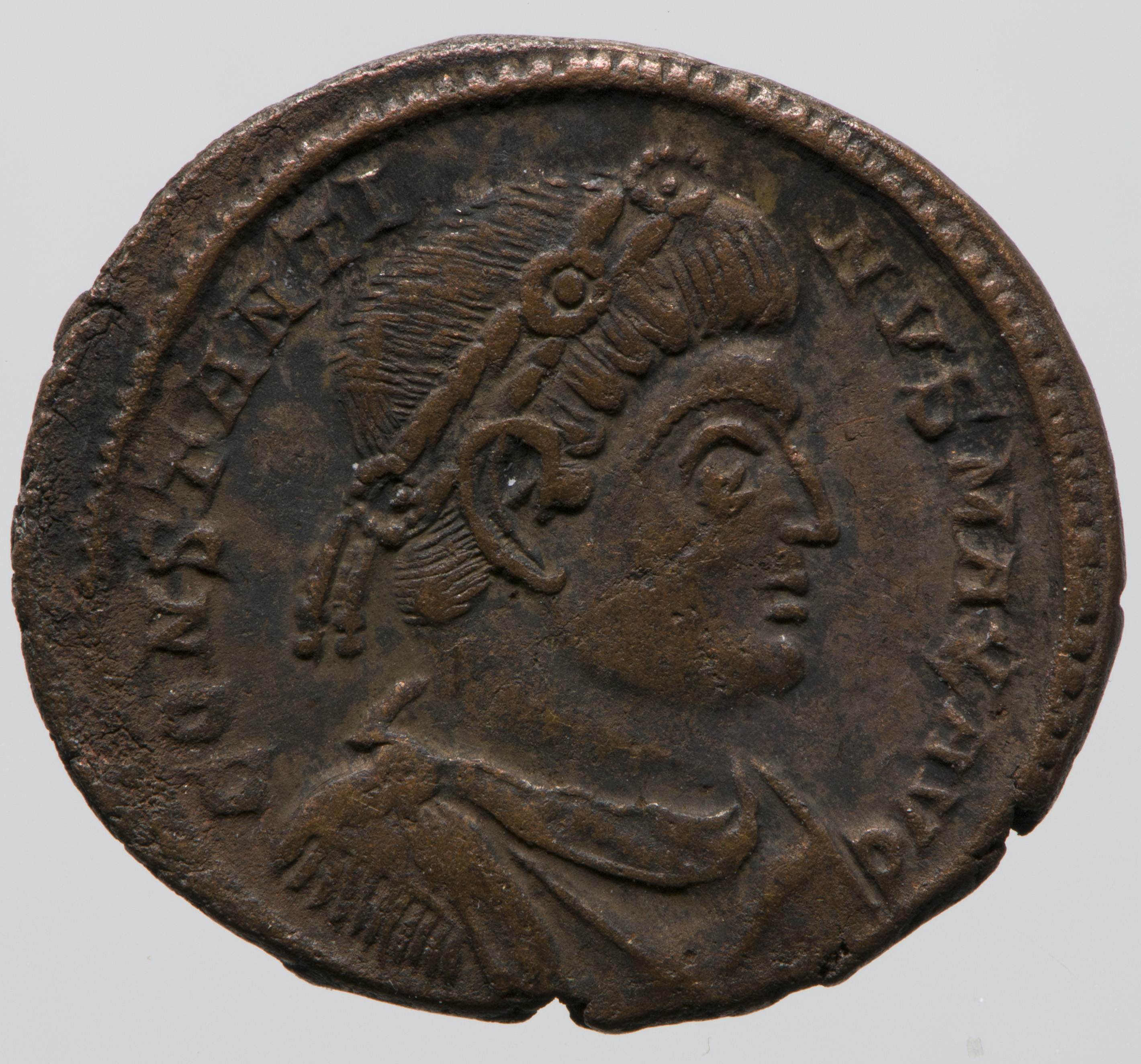


Not all the Roman conquests were actual military endeavors. Asia Recepta: Taking Back Anatolia Silver coin of Octavian, showing ruler’s portrait on the obverse, and cista mystica on the reverse, 29-28 BCE, private collection, via Thus, this Roman coin acted as an important medium in reminding the public of Octavian’s great victory over Cleopatra, the last of the Ptolemies, and the subjugation of Egypt.Ģ. The Dupondius was a copper coin of low value, widely used in everyday transactions. The motif used on the reverse, however, is a crocodile chained to a palm tree. The obverse is reserved for a joint portrait of Augustus and Marcus Agrippa, signifying the importance of the alliance between two close friends and colleagues. Unlike the earlier example (issued for the occasion), the famous dupondius of Nimes continued to be struck for several decades, from 29 BCE up to 10 CE. The Nile crocodile appears on another Roman coin, which commemorates the conquest of Egypt. He, in turn, was the protector of the pharaohs and the Ptolemaic rulers.ĭupondius minted in Nimes, showing the joint portrait of Augustus and his friend Agrippa on the obverse, and crocodile tied to a palm branch (symbolizing conquest of Egypt) on the reverse, 9 – 3 BCE, via the British MuseumSilver coin of Octavian, showing the ruler portrait on the obverse, and crocodile, the symbol of Egypt, on the reverse, 28-27 BCE, via the British Museum In addition, the ancient Egyptians considered the large reptile to be a child of the crocodile-headed god Sobek. The Nile crocodile was a symbol of ancient Egypt. The accompanying image of the crocodile hammers home the importance of the conquest. The legend, clearly visible to an observer, proudly proclaims - AEGVPTO CAPTA (Egypt Captured). Like the rest of the ancient currency, the coin bears the ruler’s (Octavian) portrait on the obverse.
#4th century roman coins series#
To mark the conquest and annexation of the wealthy Mediterranean region, in 28-27 BCE, Octavian issued a series of golden and silver coinage - the first Roman coins explicitly glorifying conquest. Unlike other provinces, Roman Egypt became the emperor’s private estate, the breadbasket of Rome. The fall of the Ptolemaic Kingdom left Egypt in Roman hands. After the Battle of Actium in 31 BCE, Antony and Cleopatra committed suicide, leaving Octavian the sole ruler of the Roman world, and an emperor- Augustus. Caesar’s death, however, led to the last war of the Roman Republic, between Mark Antony and Octavian. In the ensuing civil war, Caesar’s legions backed Cleopatra, securing her the Egyptian throne. There, he got embroiled in a dynastic struggle between Cleopatra VII and her brother Ptolemy XIII. In 48 BCE, following the murder of his rival Pompey the Great, Julius Caesar arrived in Alexandria. Thus, it should not surprise us that the Romans had their designs on the “gift of the Nile.” The weakening of Ptolemaic power brought Rome to Egypt’s doorstep. Wealthy and powerful, ancient Egypt was a tempting target for any conqueror. Aegypto Capta: The First Roman Coins of Conquest Silver coin of Octavian, showing the ruler portrait on the obverse, and crocodile, the symbol of Egypt, on the reverse, 28-27 BCE, via the British Museum


 0 kommentar(er)
0 kommentar(er)
